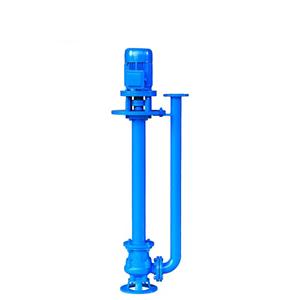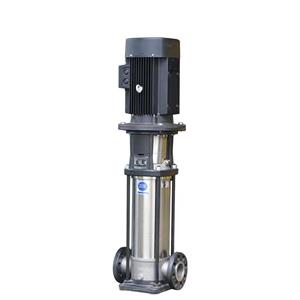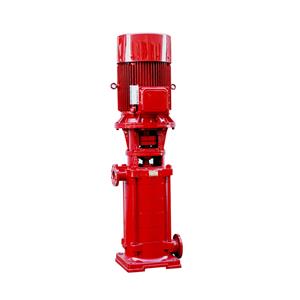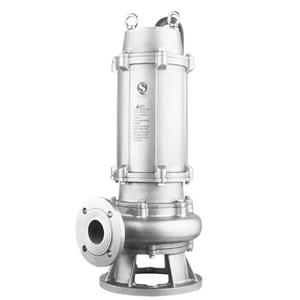Submersible Pumps - Ideal for Deep Water Sources
Submersible Pumps - Ideal for Deep Water Sources
When it comes to accessing water from deep sources for agricultural irrigation, submersible pumps are the go - to solution for many farmers. These pumps are designed to be submerged directly into the water, which gives them several unique advantages.
Submersible pumps are typically compact in design, with the motor and the pump mechanism integrated into one unit. This compactness allows them to be easily lowered into wells, boreholes, or other deep water sources. In regions where the water table is low, such as parts of India and Africa, submersible pumps are essential for bringing water to the surface for irrigation purposes. For example, in the arid regions of Rajasthan, India, farmers rely on submersible pumps to extract water from deep wells to irrigate their crops.
One of the most significant advantages of submersible pumps is their high efficiency. Since they are submerged in water, the water itself helps to cool the motor, reducing the risk of overheating. This results in a more stable and efficient operation. Additionally, the close proximity of the pump to the water source reduces energy losses that could occur with other types of pumps that need to draw water from a distance. As a result, submersible pumps can deliver a high volume of water with relatively low energy consumption.
Another advantage is their quiet operation. The water surrounding the pump muffles the noise generated during operation, making them ideal for use in residential areas or near livestock farms where noise pollution needs to be minimized. This is particularly important in areas where farmers may have their living quarters close to the irrigation system.
In the international market, submersible pumps are seeing continuous growth in demand. Technological advancements have led to the development of more reliable and energy - efficient submersible pumps. For example, some modern submersible pumps are equipped with variable - speed drives. These drives allow the pump to adjust its speed according to the water demand, further optimizing energy consumption. There are also submersible pumps available with advanced monitoring systems that can detect any potential issues with the pump, such as leaks or overheating, and send alerts to the farmer. This helps in reducing downtime and ensuring continuous irrigation.
However, submersible pumps do require some maintenance. Since they are submerged in water, they are more prone to corrosion. Regular inspection and the use of corrosion - resistant materials in their construction can help mitigate this issue. Also, in case of a breakdown, retrieving and repairing a submersible pump can be more challenging compared to some surface - mounted pumps. But overall, for accessing deep water sources in agricultural irrigation, the benefits of submersible pumps far outweigh these potential drawbacks.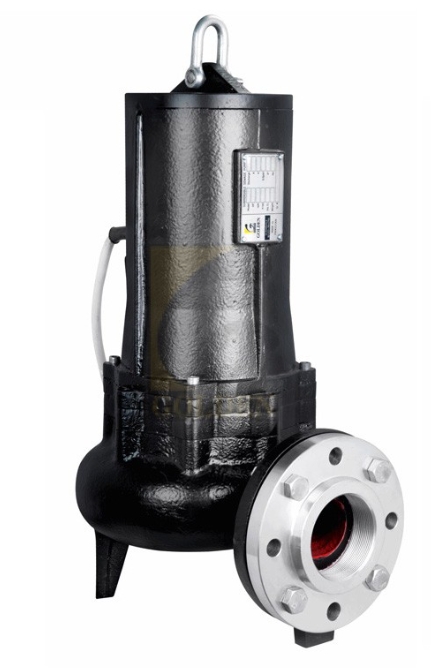

Get the latest price? We'll respond as soon as possible(within 12 hours)
more products
News
Featured Products
Contact Details

